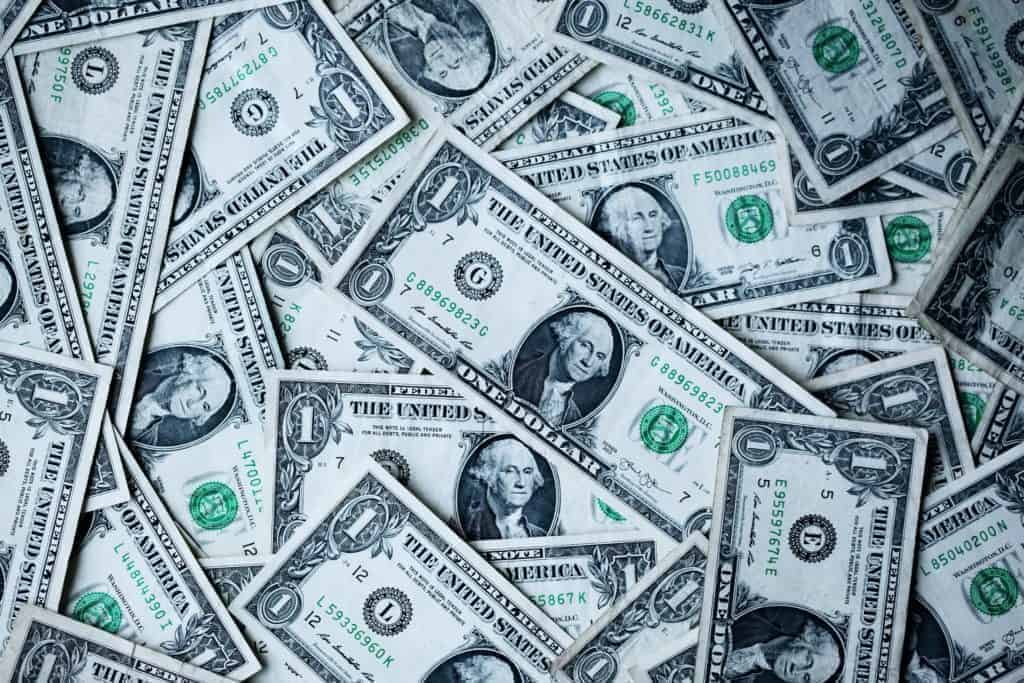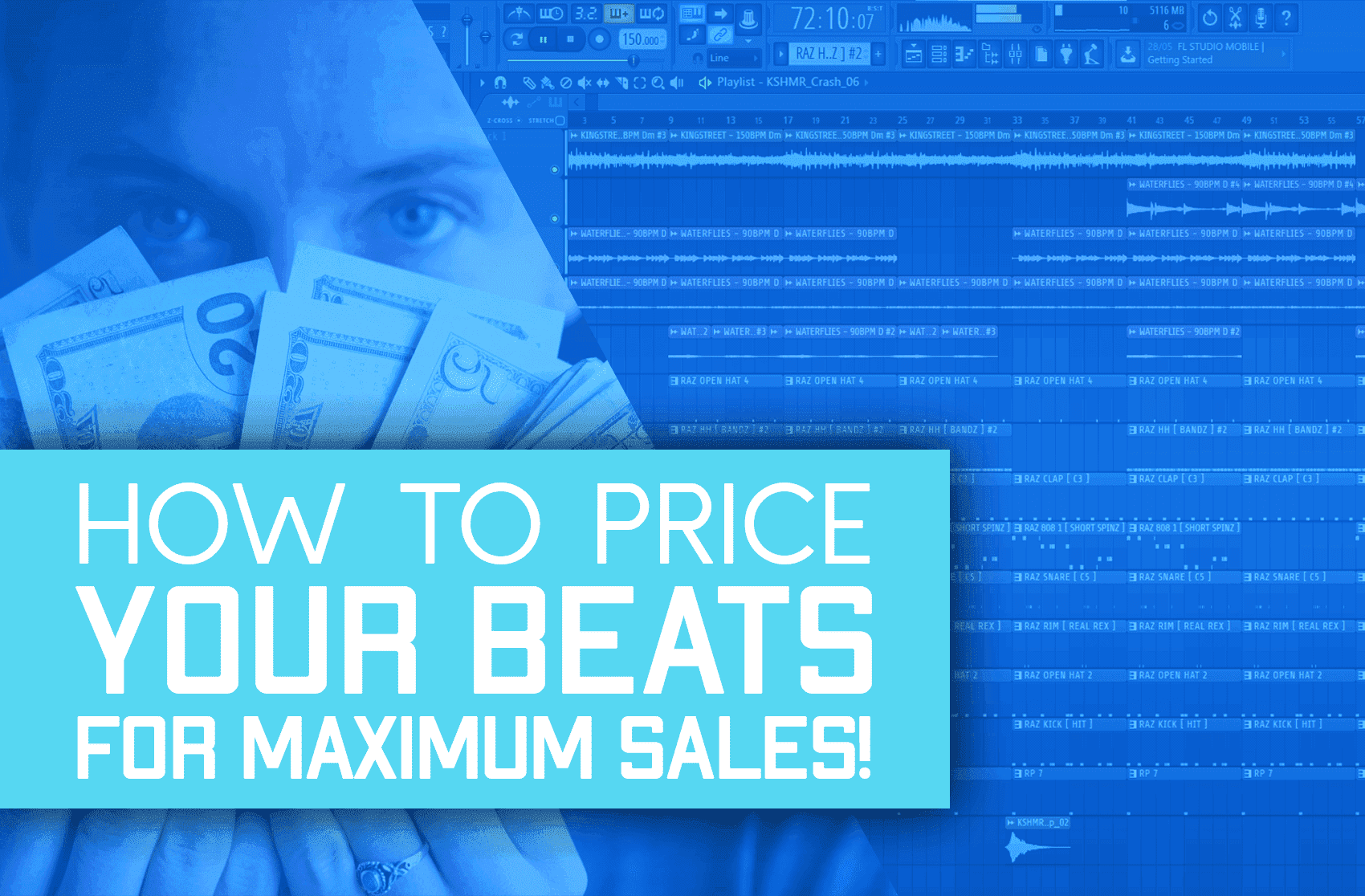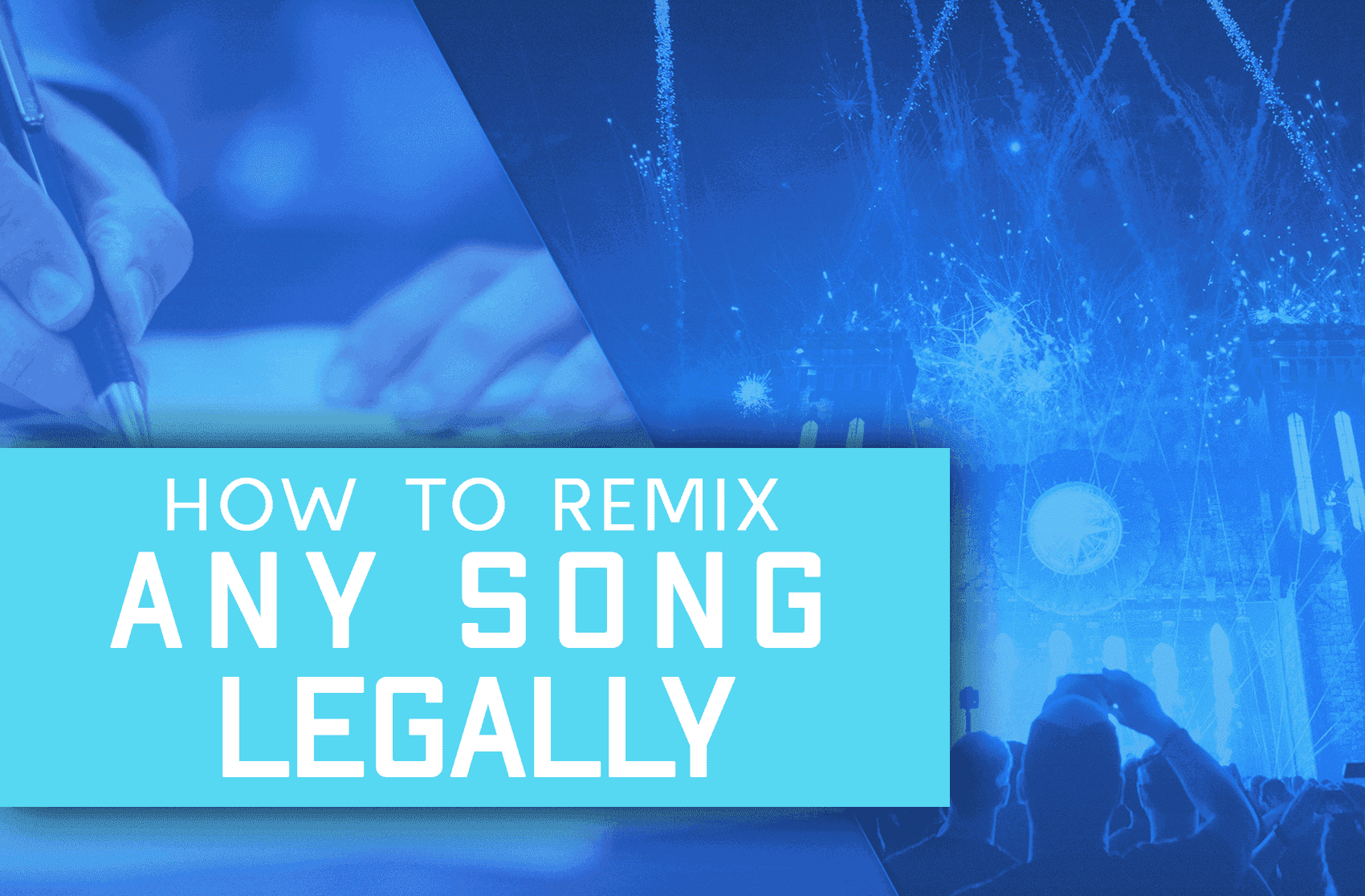Being creative and talented is not enough to ensure your success in the music industry.
Much like other creative fields, you’ll need a set of sharp and innovative business skills to channel your creative inputs into profit. Today we’re going to outline the fundamentals of pricing.
So many great producers churn out amazing and consistent work but don’t see a return on their efforts. Some producers sell themselves short, and others land up losing precious opportunities by setting their prices too high, too soon. Hopefully, by the end of this article, you’ll have learned how to avoid either scenario.
We’ve laid out the four most commonly used licenses when selling beats. These contracts all pertain to the ownership or usage of your beat. Each license will have different perks and they generally work on a tiered system.
The higher the price of the license the more benefits there are for the buyer. You’ll find these licenses on popular beat distribution platforms like Beats Stars, Taylor Made Beats and All-Around Beats.
It’s worth mentioning that the below price points are ballpark figures based on deals I’ve used personally.
The figures below will differ slightly depending on the beat sale service you use, as well as your financial circumstances. Use the figures below as a simple reference.
The Four Different Beat Selling Points

Non – Exclusive Lease (MP3)
- This license is the cheapest option for buyers, and costs typically anywhere from $10 – $30. The beat can also be resold to other artists as many times as you wish.
- The buyer gets a mixed/unmastered MP3, usually with 1 or 2 beat tags. Beat tags are an audio watermark placed on beats to prevent replication and to help assign ownership to the producer.
- This license is the most limited to the buyer in terms of usage. The license comes with a sales cap, and the artist won’t be able to use the beat for things like music videos, live performances, or radio airplay.
- The producer keeps 100% of any royalties made from the track over the lease duration.
- This license is mostly beneficial to producers because of the resell option. You can make a lot of passive income from one beat by reselling it to various artists.
Premium Lease (WAV)
- This is the second-tier option for non-exclusive buyers and sellers. The average price of these leases ranges anywhere from $50 to $80.
- The buyer gets a mixed/unmastered WAV & MP3. Wav files have far superior quality than MP3’s and are necessary if the artist wishes to use the beat for mainstream radio and playlisting on streaming services.
- The beat is tagged according to the seller’s preference. Producers also generally keep 100 % of any royalties made from the track.
- This license comes with more perks than a non-exclusive lease. Artists gain the right to use the track for radio, live performances, music videos, streaming, etc.
- The lease will still come with a limit on track sales and distribution.
Exclusive Lease (WAV)
- This is generally the most expensive license and is more of an outright sale. As the name suggests once your beat is leased under this license, you cannot sell it to another artist or entity.
- Exclusive licenses usually start at around $300, but with the right reputation/experience, the seller could charge anywhere from $1000 to $30,000. The biggest major label producers (Kenny Beats, Metro Boomin, Murda Beatz) charge between $5000 and $15 000 per lease.
- The buyer receives all audio content used to produce and create the beat. They get a mastered MP3, WAV, as well as the audio stems used in the best arrangement.
- The buyer has full control over the beats usage and distribution. The seller usually negotiates this in return for credit, as well as royalty splits on things like publishing deals.
Tracked Out Stems (Unlimited – Non-Exclusive) (WAV)
- This lease is the most expensive non-exclusive license.
- Buyers receive MP3, WAV, and tracked out stems of the beat.
- This lease has the same perks as an exclusive license, only the producer still has the right to sell the beat to another buyer.
How To Set Your Prices For Maximum Sales
Step #1: Analyze Key Competitors
Do some research and find out which beats are the most popular sellers on your selling platform. You’ll be able to work out the average selling price of these beats and price yours accordingly. Pricing your beat higher than your competition may provide you with a bigger profit margin, but you’ll risk the chance of losing a sale to a cheaper option.
Step #2: Factor in Your USP
Does your beat have something that sets it apart from your competition? Or do you perhaps have an overachiever-type work ethic that can generally outperform your peers? If so, you may have a USP (unique selling point) that you can use to add value to your product and thus, set a competitive price. If you just want to sell your beats without any special perks or characteristics, you can simply tune your pricing to your competitors. However, you can attract some extra business by offering something with your beat sale. I like to include a set of samples or loops with my beat sales to try and attract a unique demographic of buyers and add some extra value to my overall sales package.
Step #3: Test and Tweak Your Pricing
You can always adjust and reset your pricing based on your sales figures. Once you release your beats consistently you’ll be able to gauge which licenses and price points give you the best returns. Prices are never set in stone, and tweaking your prices as you go will help you keep your prices competitive, as well as give your buyers a sense of your growth as a producer.
How To Raise Your Beats’ Prices Overtime
It does not make sense for new beatmakers and producers to set their prices at the same level as the people they aspire to be.
While you may feel that your beat carries the quality of a timeless classic, you’ll need to have an established brand and reputation to help enforce that value.
Try to find collaborators that are on your level business-wise and work together to bring each other’s brand value up. You can collaborate with highly active singers or rappers or produce with someone who has a good reputation and will bring you some traction.
I priced my beats about 20 % less than my competitors in the beginning so that I could increase my chances of a sale, and grow my portfolio quickly.
Once I’d garnered a reasonable amount of clout with my sales, and had some published and accomplished tracks to show for it, I began to raise my average beat price. You know your worth, but it will take time and consistency to validate that to others.
Tips For Pricing Your Beats
Tip #1: Avoid Emotional Pricing
While the music you sell is used to invoke emotions and feelings, the same should not be said of your pricing. Don’t drop your pricing to do your acquaintances or colleagues a favor unless you are sure there is a definite return on investment further down the line.
Tip #2: Start Small And Work Your Way
You are way less likely to sell a beat at a high price if you’re a new or relatively unknown producer. Raise your profile first, and you’ll be able to ask for more money per beat as your reputation grows.
Tip #3: Keep Your Pricing Consistent
It does not make sense to have your beats priced differently. You may want to sell an exclusive license on your favorite beat for $350, and the same for another beat for $150, but this will confuse your buyers, and they will negotiate your higher prices down.
Find a median for your pricing and keep all your intellectual property within the same price range. Doing so will also help you make more precise projections on sales.
Final Thoughts
Just like any business, the road to stable success is an unpredictable and ever-shifting one. You’ll never be able to adequately predict what the future holds for your music.
However, you can learn how to build a strong pricing foundation that is attractive and adaptive to the growth of your career. Thanks for taking the time out to read through our article on how to price your beats for maximum sales.
If you’d like to dig a little deeper on this topic, take a look through or article on Royalties Beat Makers Get – Explained!. We’ll give you a simple breakdown of where every bit of profit goes from beat sales, and get you one step closer to the business savvy you need to make a great income from your beat sales. Until next time, happy mixing.





![Royalties Beat makers Get – Explained Simply [With Infographics!]](https://wealthysound.com/wp-content/uploads/2020/10/Royalties-Music-Producers-Beatmakers-Can-Get-Explained-Simply-1-768x504.png)
